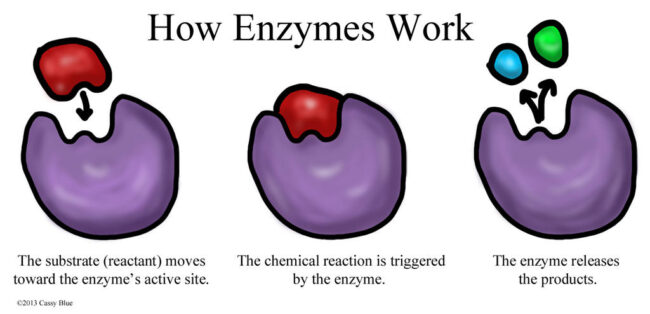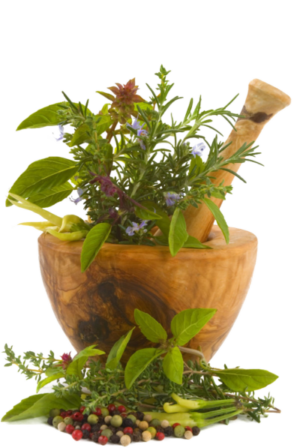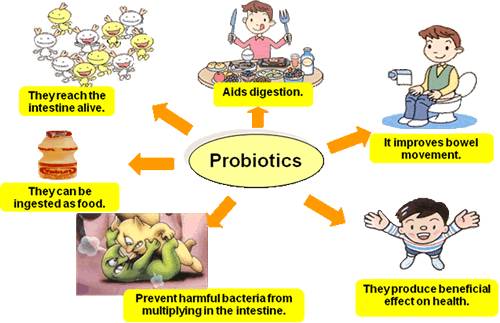
"O3 Fix" Recipe
Budwig Salad Dressing
You will need to attend to ALL the details of this powerful omega-3 therapy
The Core Ingredients
Please also read important ingredient details at bottom of page
Flax Oil
ORGANIC, FRESH, COLD-PRESSED (kept refrigerated, not frozen, in opaque bottle). NOT HIGH LIGNAN
Sulfurated Protein
Choose one:
Cottage cheese – PLAIN, LOW Fat (1%)
YOGURT – ORGANIC, PLAIN , LOW-FAT. Greek or regular.
Instructions for Budwig Salad Dressing
(1) Tbsp. oil yields enough dressing for 2 salads. Dressing should be consumed on the day it is made.
(1) Blend together (1) (2) Tbsp. Flax Oil, with either:
(a) (1) (2) Tbsp. organic milk
+ (1) (2) Tbsp. LOW FAT (1%) cottage cheese
or
(b) (2) (4) Tbsp. organic, PLAIN, LOW FAT yogurt
Use a flexible spatula to scrape the bottom and sides of blender and blend until smooth and no oil is visible (oil has become water soluble).
(2) Then add / blend into the now non-oily mixture:
• (½) (1) Tbsp. lemon juice and/or organic, raw, unfiltered apple cider vinegar
• (½) (1) tsp. raw honey
• (½) (1) tsp. mustard
• A little Celtic Sea Salt or Himalayan Salt to taste
• Or experiment with other herbs / flavors. E.g. Skip the mustard and add mashed raspberries for a raspberry vinaigrette dressing. Be imaginative!
(3) Optionally add some chopped health food store pickles (no preservatives!)
Don’t keep leftovers!
Allow at least 90 minutes before or after taking antioxidant supplements such as vitamin E.
Ingredient details
Flax Oil
1. BOUGHT FRESH oil. In opaque bottles from the store’s refrigerated section or order online (check press date on bottle – you want it as FRESH as possible. Flora and Spectrum brands have a good reputation. Check dates on bottle.
or 2. PRESS YOUR OWN flax seeds to ensure FRESHNESS. Use an expeller press on LOW heat. (Takes about 20 mins. to press 2# flax seeds yielding 10-12 oz flax oil).
To slow oxidation (going rancid) – Keep opened and unopened oil in the fridge. You can freeze it — but it does not preserve its beneficial electrons any longer than in the fridge.
SULFURATED PROTEIN
Low fat dairy has higher sulfurated amino acid content than dairy with higher fat.
Making your own cottage cheese or yogurt from raw milk, (keeping temp under 110 °F considered raw) avoids the denaturing of some milk proteins via pasteurization.
However, this Italian study found that typical vat pasteurization at 145°F (62°C) for 30 mins. does not significantly damage the sulfurated amino acids important to this protocol. Study link


















